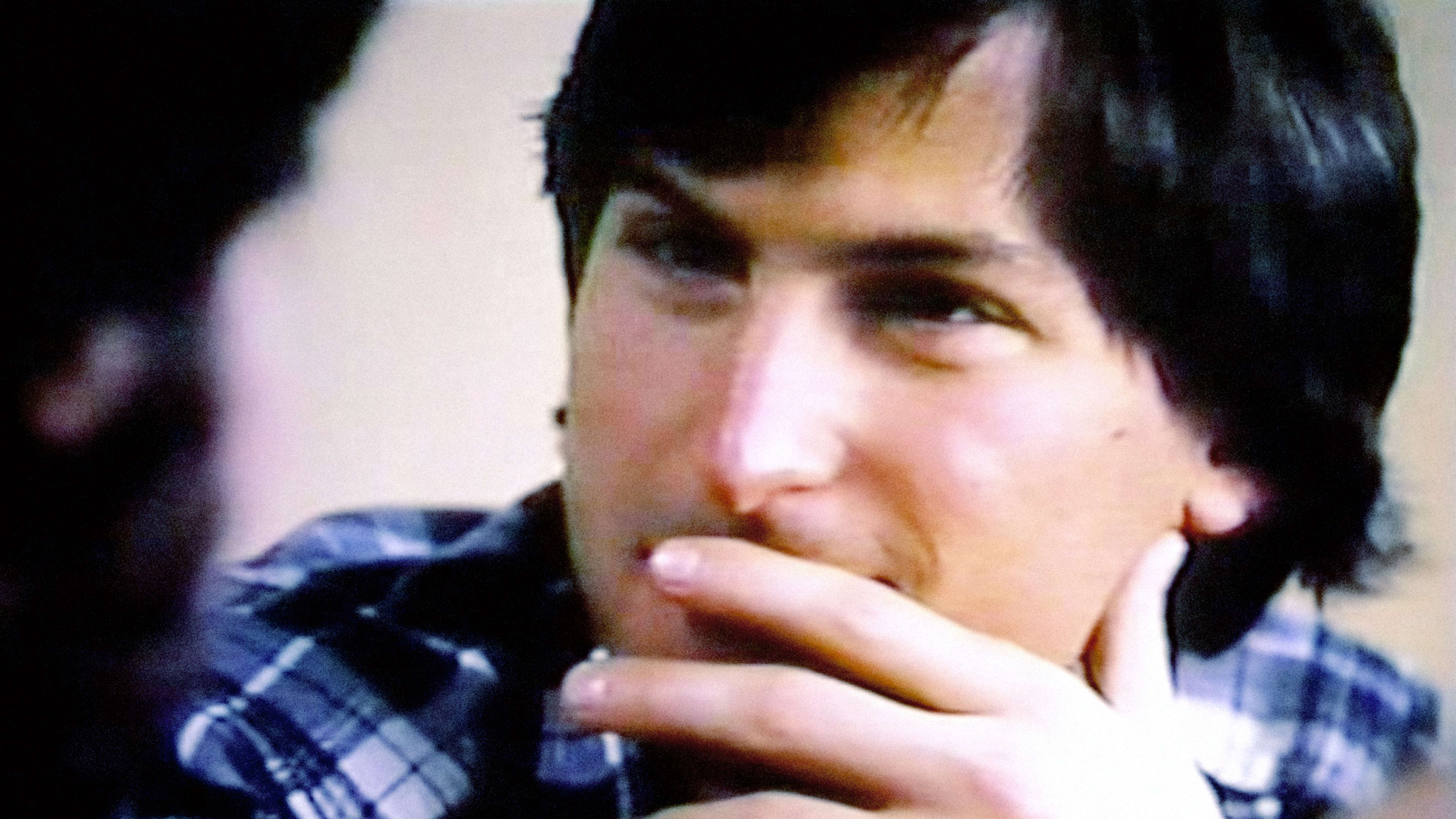By 2015 standards, 1984 might seem to fall rather early in the chronology of Apple Computer, Inc. But the company had already seen a lot of history by then. And in the vintage nine-minute video below–really, a slideshow of still images accompanied by voiceovers–cofounders Steve Jobs and Steve Wozniak looked back at some of it, dating all the way back to 1976’s Apple I.
The speaker at the start of the video is Paul Terrell, who founded one of the world’s first computer stores, the Byte Shop, in Mountain View, California, in 1975. The next year, he played a significant role in Apple history by placing an order for 50 of Wozniak and Jobs’s Apple I computers–on the contingency that they supply them fully assembled, rather than as a solder-it-yourself kit.
Terrell is also the guy who alerted me to the existence of this video, by posting it on my Facebook wall. It was actually uploaded to YouTube four years ago by Blake Patterson, but I’d never seen it. If you’re interested in the history of Apple, you’ll find it as transfixing as I did.
When is the video from? Well, here’s a clue: It uses the same rousing Apple II song and some of the same graphics and photographs as this better-known video, which was produced for the Apple IIc rollout at San Francisco’s Moscone Center on April 24, 1984, three months after the Macintosh was introduced at Apple’s shareholder meeting.
The history video was clearly part of the Apple IIc’s debut, even though it only just barely acknowledge’s the new model’s existence, in a magazine headline and as part of a logo at the end. Also misleading: At one point, Jobs refers to the 1977 Apple II rollout as having happened almost 10 years earlier. (By the time the Apple II was almost a decade old, Jobs had been ousted from Apple and was working on two other startups: NeXT Computer and Pixar.)
Part of the video’s charm is the way it treats the origins of the Apple I and Apple II as ancient history, even though even the Apple I had been introduced only eight years earlier. Woz explains that he designed the Apple I because he wanted a computer himself. “Steve went a little further,” he adds. “Steve saw it as a product which you can actually deliver, sell, and someone else can use.”
As for Jobs, he described his initial role in the development of the Apple II, which mostly involved marveling at Wozniak’s engineering skills:
Every few days, Woz would say, ‘God, I’ve made an incredible breakthrough. I’ve saved a few chips here and there.’ I remember this iterative process of watching him get to this incredible stage, and then figure out a way to take another few parts out, and add three more features. And it kept getting better and better and better.
In another section, Jobs credits Woz with providing the company’s founding vision, in a way I hadn’t heard before: “I think it all stems from, mostly, Woz’s perception of the universe, which is trying to make stuff really great and really simple.”
Jobs also gives full credit to Jerry Manock, who designed the Apple II’s case–remarkably consumery in an era when other PCs looked like pieces of dowdy lab equipment–and thereby established Apple as a leader in industrial design.
Chris Espinosa, who was a high-school student when he started at Apple in 1976–and who’s still there today–identified another voice on the video for me. At 5:09, Phil Roybal, who Espinosa notes was “Apple employee number 63 and the most prominent marketing person of Apple’s first decade,” talks about the booming software market that the Apple II spawned.
Looking Carefully
If you watch the video as obsessively as I did, you’ll spot amazing little tidbits–almost like Easter eggs that its producers unwittingly hid away for us 21st-century tech aficionados to discover. Here, for instance, are images of Steve Jobs and Steve Wozniak wearing watches that you might mistake for Apple Watches, if you didn’t know the photos were a few decades old.
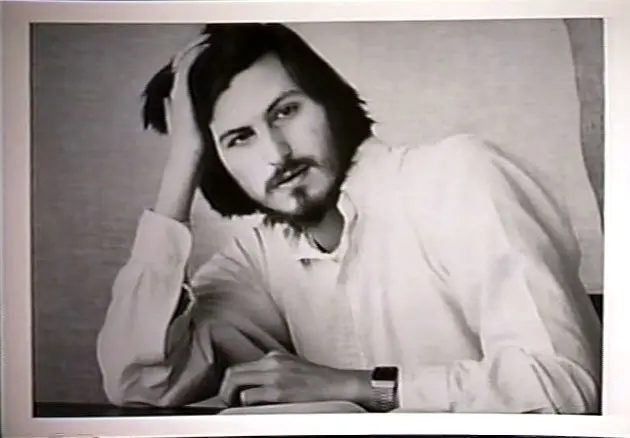
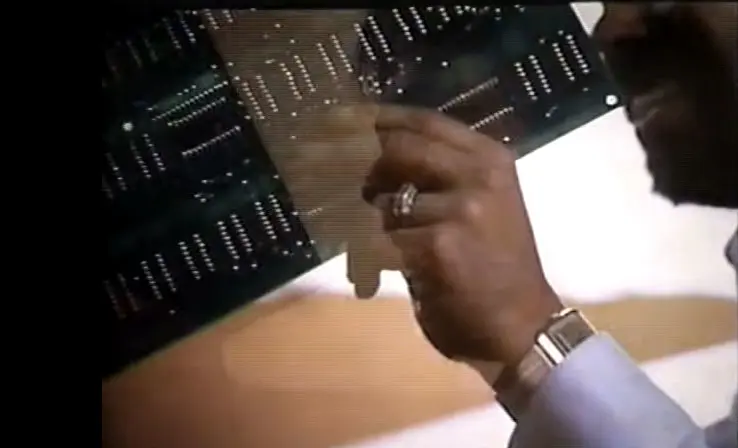
The Apple I didn’t come with a standard case, which gave its owners the opportunity to get creative–as someone did with this proto-laptop built into a briefcase.
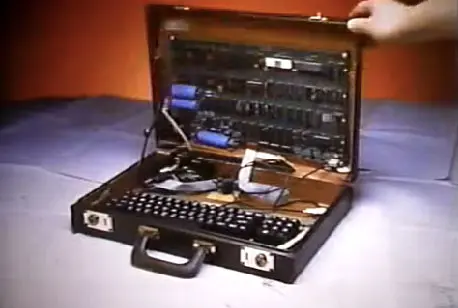
These Apple II computers are, intriguingly, housed in green, blue, and red cases. Judging from the context in which they’re presented, they may be versions that the company considered and then rejected before settling on the system’s soon-to-become-iconic beige case–but they’re still reminiscent of the multicolored computers, iPods, and iPhones that Apple eventually did sell.
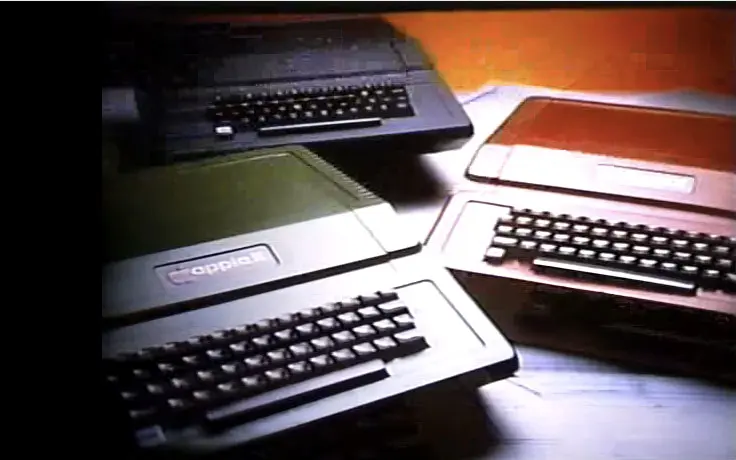
There are some wonderfully evocative photos of old-timey computer stores, including this one, which has a pretty darn obvious typo in its signage, a reference to the famously ill-fated Osborne computer, and the no-nonsense declaration, “APPLE COMPUTERS ARE BEST.”
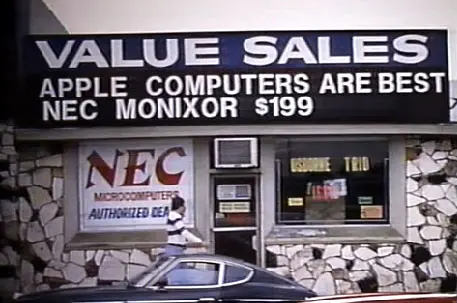
A bit with Jobs bragging about the Apple II’s record-breaking sales is illustrated with images of Apple III boxes whizzing off the assembly line–the Apple III being such a notorious flop that it had already been written out of the company’s history by 1984.
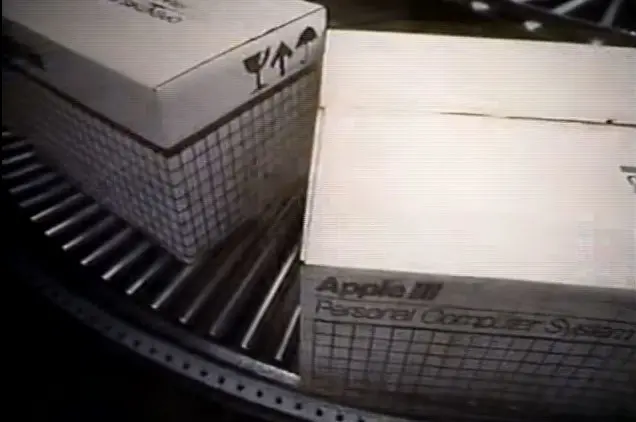
And this photo of Woz playing a Defender arcade game–in sunglasses, while giving a thumbs-up sign!–may well be the ultimate early-1980s tech image.
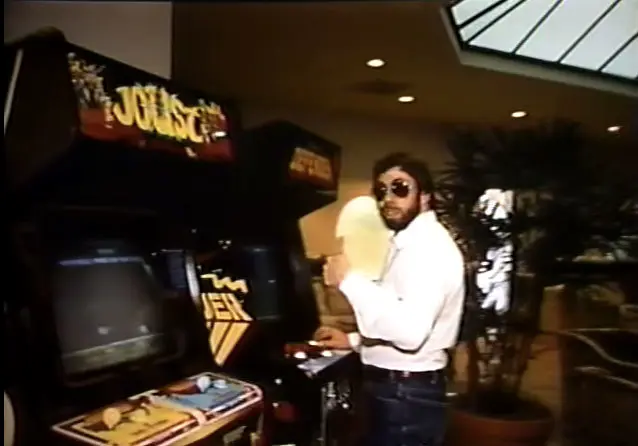
At the end of the video, there’s a snippet of the song heard at greater length in the other Apple IIc rollout video:
Apple II forever and ever
Bringing the rainbow to you
Apple II forever
That mantra may actually have been more poignant in 1984 than it is now. It was a defiant cry: Apple had largely turned its attention to the Mac, leaving the Apple II line looking vestigial. (At one point, Woz speaks hopefully of “a resurgence of interest in the II.”) That was true even though the Apple II would continue to be popular for years, helping to prop up the Mac during a period when that computer’s sales fell far short of Apple’s irrationally exuberant expectations.
Apple stopped selling the last Apple II model in its lineup, the IIe, in 1993. Today, you could write off the II as a relic, as some people were itching to do even when this video was produced. Or you could choose, as I do, to regard it as an endlessly fascinating machine whose significance we’re still just coming to fully appreciate. Apple II forever, indeed.
See how Apple’s brand evolved over the years in this episode of Brand Evolution:
Recognize your brand’s excellence by applying to this year’s Brands That Matter Awards before the early-rate deadline, May 3.
